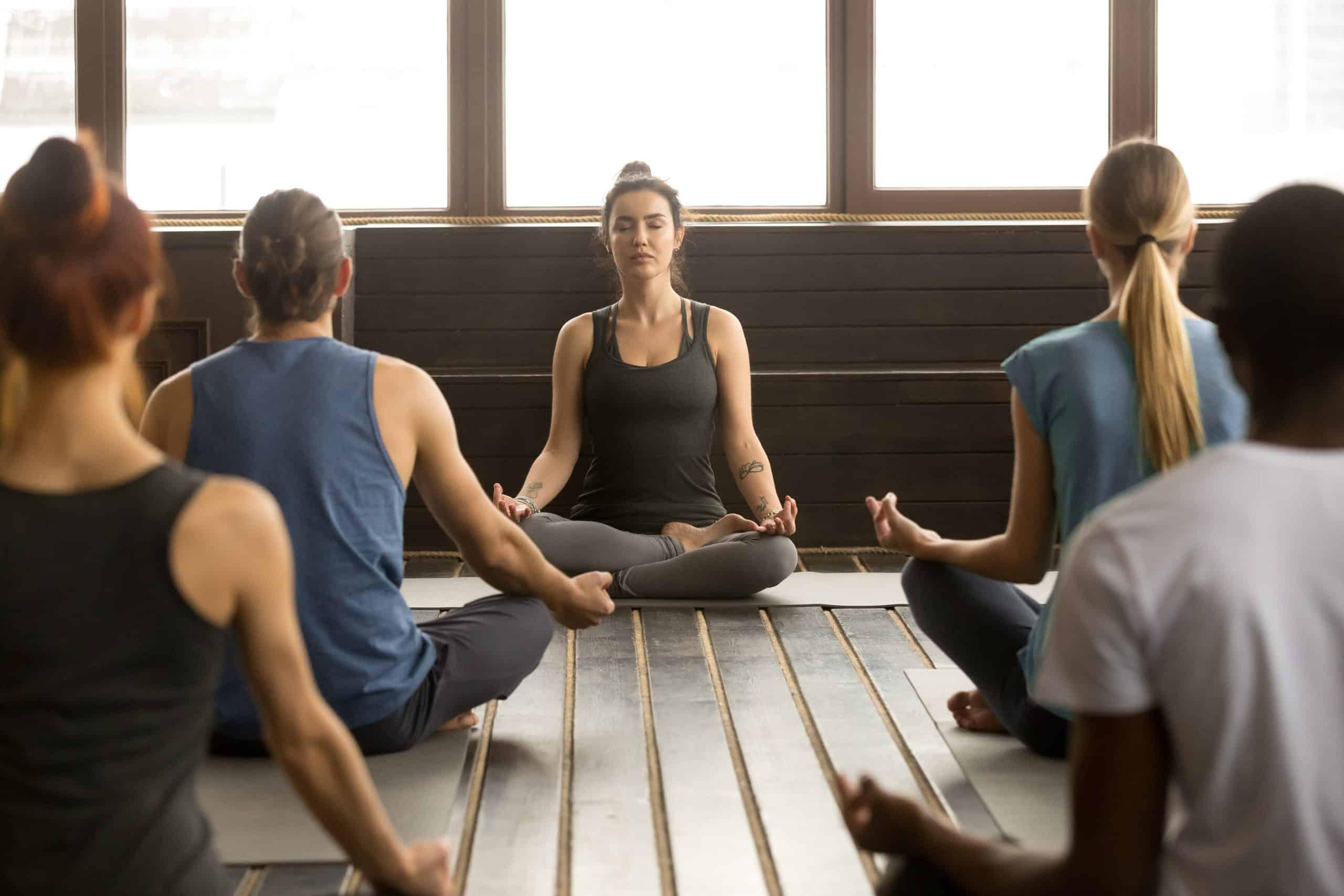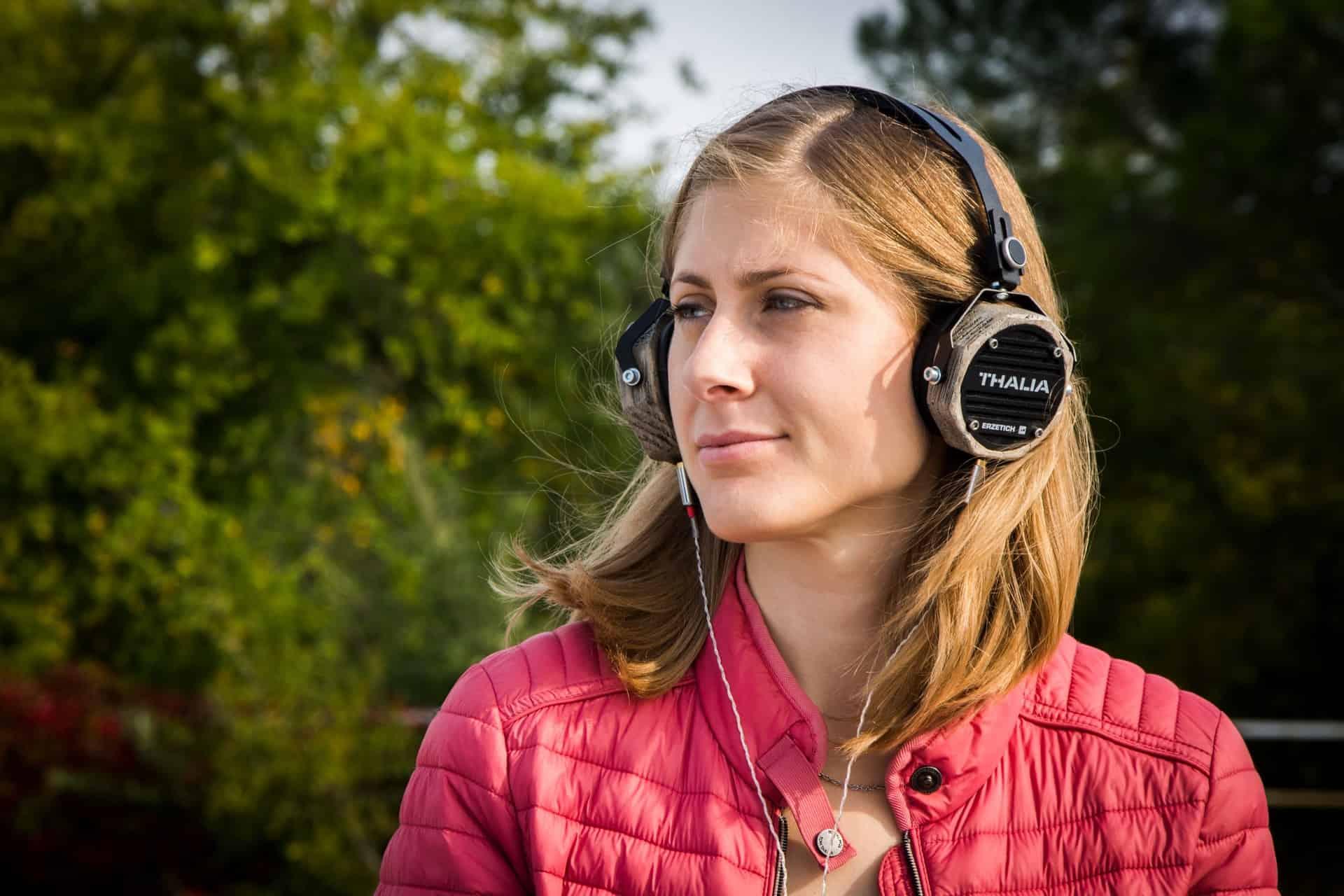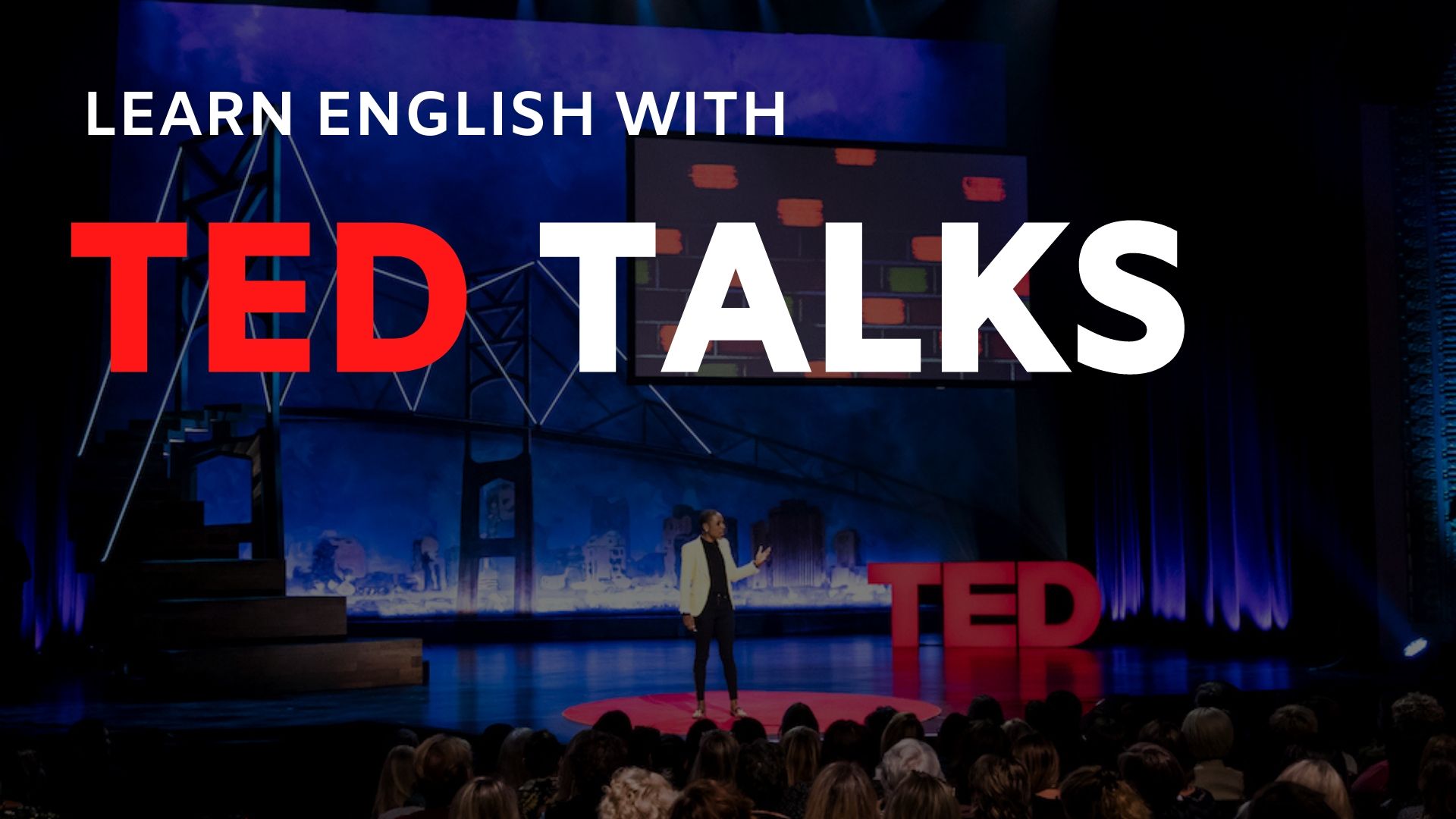Bạn là một yogi đang muốn tranh thủ học Yoga qua mạng trong lúc nghỉ dịch COVID? Hay bạn là một giáo viên Yoga mơ ước mở lớp cho học sinh nước ngoài trong tương lai? Hoặc chỉ cần bạn quan tâm đến thuật ngữ tiếng Anh cho Yoga thì bài Chủ Đề Luyện Nói tiếng Anh 1-1: Yoga lần này dành cho bạn!
Dưới đây, chúng mình sẽ liệt kê một số câu hỏi dành cho tư thế trái núi (Tadasana), một trong những tư thế được thực hành nhiều nhất trong môn yoga. Nếu bạn không rõ tư thế trái núi là như thế nào, nó trông như thế này:

Bạn có thể sử dụng các câu hỏi này để thảo luận và luyện tập nói về chủ đề này. Ngoài ra, chúng mình cũng gợi ý một số video, từ vựng thiết yếu cũng như 1 bài luyện đọc liên quan để bạn tham khảo.
Tip: Đừng quên bật eJOY eXtension trên Chrome laptop để tra nghĩa từ mới nhanh chóng trên phụ đề video nhé.
Sau khi đã xem qua tài liệu và ghi nhớ các từ vựng cần thiết, bạn có thể yêu cầu ai đó làm partner luyện nói cùng mình, hoặc điền vào biểu mẫu ở cuối trang này để eJOY team giúp bạn tìm một partner phù hợp nhé.
Let’s get started!
Những Câu Hỏi Gợi Ý
Bạn và partner luyện nói có thể đóng vai giáo viên và học sinh học Yoga.
Câu hỏi để dành cho giáo viên Yoga:
- What is mountain pose and how do you do it?
- How does practicing mountain pose benefit me?
- Is there any prop or equipment that can help me to do this pose?
- What time of the day is best to practice this pose?
Câu hỏi để dành cho học sinh môn Yoga:
- Could you tell me one benefit of the mountain pose?
- What do you like about this pose and why?
- How do you feel after doing this pose?
- Why do you think it’s important to practice this pose?
Video Gợi Ý Cho Chủ Đề Yoga – Mountain Pose
Learn the mountain pose – Tadasana
Bài đọc nâng cao
Benefits:
- improves posture
- Tones breast tissue
- Reduces premenstrual breast heaviness
- Relieves breast tenderness
- Mobilizes stiff shoulders
- Strengthens the spine
Props:
- 1 non-slip mat
- Wall
To begin, stand on your mat with your feet together, placing equal weight on each foot. Roll your thigh muscles in. Roll the backs of the thighs out. Inhale and lift the sides of your rib cage. As you exhale, roll your shoulders back and down. With your palms facing your sides, lengthen your arms down. Inhale and lift through the crown of the head. Exhale and press down through your heels.
If you have breast discomfort or have undergone recent surgery for breast cancer, be especially mindful of taking support from your back body in this and all the standing poses. Firm your shoulder blades into your back and slide them down toward your waist. Allow the skin on your back to release down over your shoulder blades.
With arms overhead. Practicing with the arms overhead enhances upper torso flexibility by lengthening and strengthening the muscles that connect your arms to your lower back. Stand on your mat as for Mountain Pose. Extend your arms forward, and extend out through your fingers. Draw your upper arm bones back onto the shoulder joints. Then with palms still facing in, raise your arms above your head to create a dynamic extension through the waist, breasts, and shoulders.
Aligning your upper arms with your ears, straighten your elbows and lift some more, lengthening the spinal column upward. Lift evenly into both hands from the inner elbows, and lengthen up through the fingertips. Simultaneously pull your deltoid muscles down onto your shoulder blades. Observe the effect that raising your arms has on the soft tissue around your breasts. Check that the dynamic arm movement doesn’t overpower your experience of the way the breast tissue responds to the stretch.
To come out, exhale and lower your arms forward and down.
(Source: Yoga for breast care: what every woman needs to know – by Bobby Clennell)
Useful vocabulary
Posture (n): tư thế
Tone (v): làm thon gọn
Premenstrual (adj): tiền kinh nguyệt
Relieve (v): làm giảm cơn đau, làm dịu
Mobilize (v): làm dẻo, làm linh hoạt
Stiff shoulder (n): vai cứng (có thể xảy ra do ngồi một tư thế quá lâu)
Props (n): các đạo cụ luyện tập
Inhale / exhale (v): hít vào / thở ra
The crown of head (n): đỉnh đầu
Firm (v): dồn lực, làm cứng lại (vd: firm your shoulder blade – dồn lực vào bả vai)
Shoulder blades (n): bả vai
Torso (n): phần thân (không bao gồm đầu, tay, chân)
The spinal column (or “spine”) (n): cột sống
Align something with something (v): xếp cái gì thẳng hàng với cái gì
Simultaneously (adv): cùng lúc
Deltoid muscle (n): cơ vai
Soft tissue (n): mô mềm
Dynamic (adj): chuyển động
Extension (n): sự giãn ra, vươn ra
Giải thích phần trong ngoặc: v = động từ, adj = tính từ, n = danh từ, adv = trạng từ














